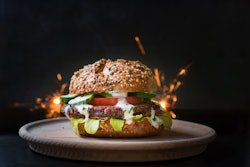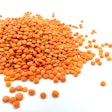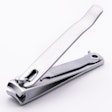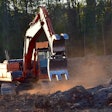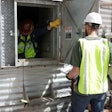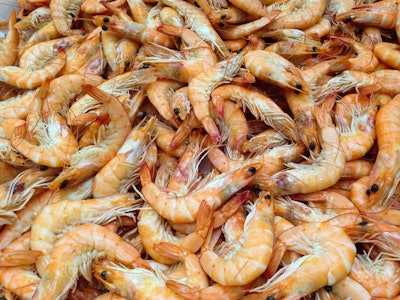
The average worldwide fish consumption per capita has doubled in the last 50 years, making it the fastest growing food protein supply. Seafood represents an attractive, affordable, high-quality and healthy source of protein.
Yet fisheries captures alone cannot satisfy this strongly growing demand, and aquaculture now fulfills more than half of it.
In America, shrimp is king, with more Americans consuming the bite-size seafood in record numbers.
In the Asia-Pacific region, shrimp farming is shifting from artisanal to commercial to meet demand, and it's increasingly important to deliver consistent nutrition formulations. Shrimp are prone to poor digestion and bacterial infection and adding probiotics to feed is nothing new.
The greatest challenge of the shrimp aquaculture industry, however, is biosecurity and disease control, says Marc Campet, business development manager, ADM Aquaculture Asia.
"Under intensive farming conditions new disease appears regularly, while the pathogenic pressure is already high, impacting production cost and industry sustainability," says Campet. "The industry is focusing on developing a healthy and clean shrimp industry while being cost effective."
ADM has developed a modern approach with shrimp feed pellets that feature an industrial coating of live probiotics. This technique ensures consistent concentration while reducing labor costs accrued with farm-level probiotic application.
ADM’s formulation also includes an organic acid that supports gut microflora to improve digestibility and prevent disease. Additionally, the high-quality probiotic and modern mixing technology allows the probiotic to be stable for up to six months in Vietnam’s hot and humid conditions.
The Problem
Shrimp are prone to stressful environment conditions and bacterial infections that cause challenges for Asian shrimp farmers. Probiotics can be added to the water or feed at the farm level to strengthen gut health and prevent disease. But this technique has a host of issues: variation on probiotic quality, inconsistent coating application, easily dilutes into pond water.
The Solution
Following more than three years of research and development and application, ADM’s Ocialis brand has developed an industrial probiotic feed for the Vietnam market.
Benefits:
- Strong probiotic strain is combined with additives that enhance immunity, control pathogens, and strengthen gut health
- Automatic mixing technology ensures even, consistent distribution of the probiotic coating
- Probiotic loss into water is significantly reduced compared to farm mixing
- Dedicated probiotic is isolated and carried biomass from Epicore bionetwork, an ADM plant based in U.S., with strict quality control and international certification
How it Works
Probiotics in feed exist in spore form (“sleep” form). When exposed in water, spore will “wake up” to change into active form. Trials show that probiotics in Ocialis Vanalis Pro are activated in the shrimp gut from two to four hours, which aligns with shrimp digestion periods.
The combination of dedicated probiotics and other immune support elements allows Ocialis Vanalis Pro to inhibit the pathogenic bacteria.
According to Campet, currently Ocialis is only available in the Asia market.
"ADM is planning to replicate the concept of the Vanalis Pro product in other regions," he notes.
For more information on ADM's Ocialis Vanalis Pro, click here.




